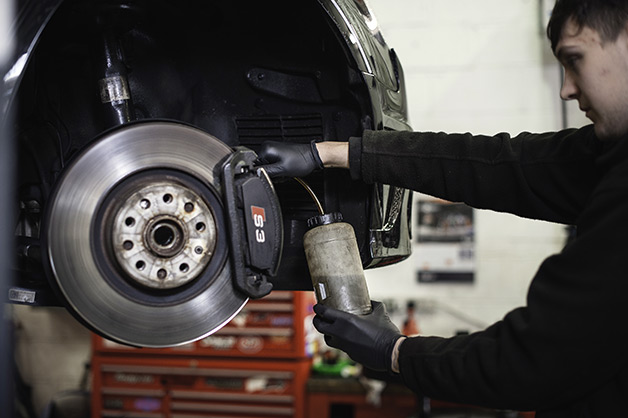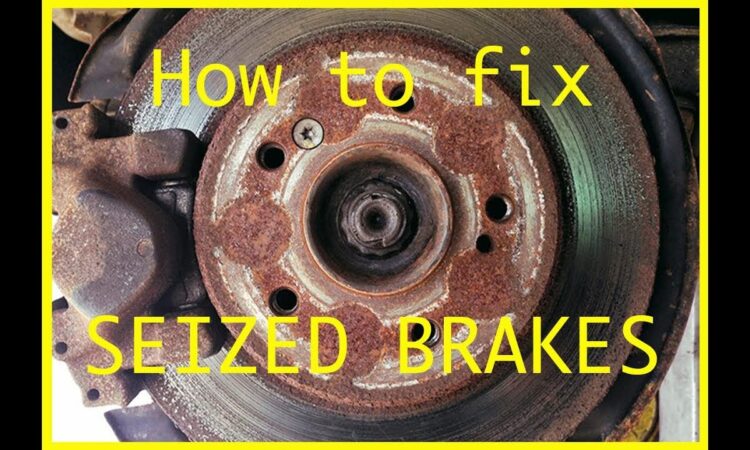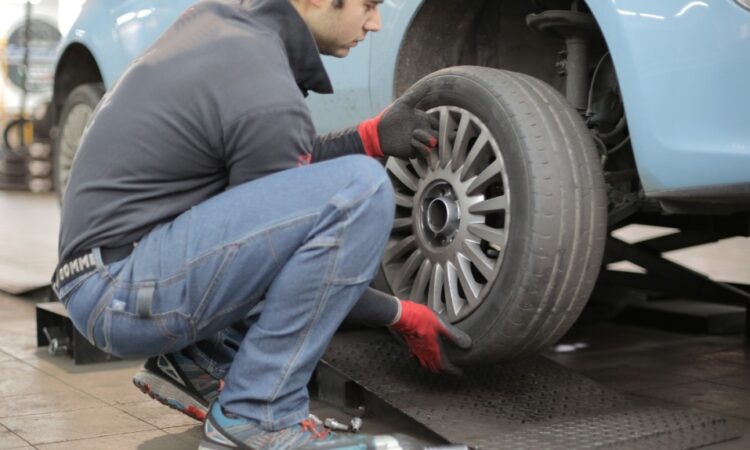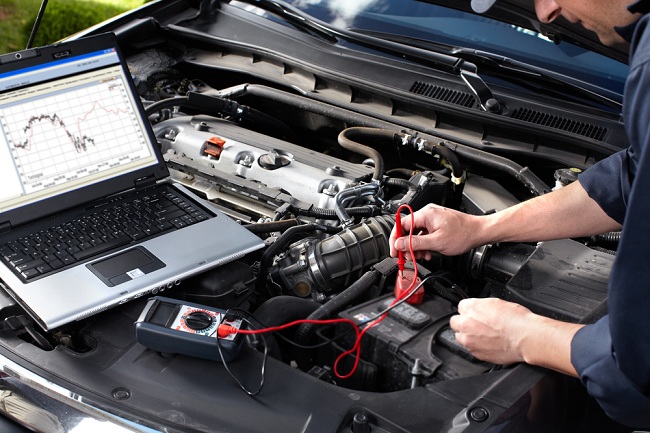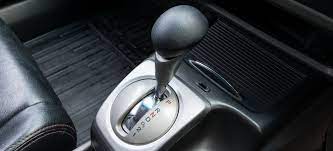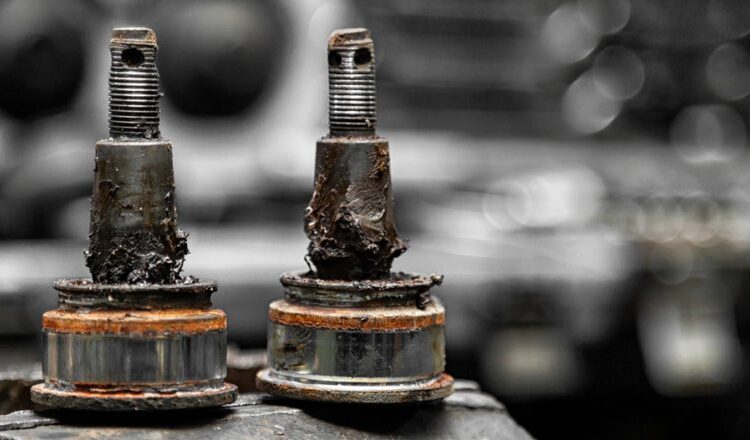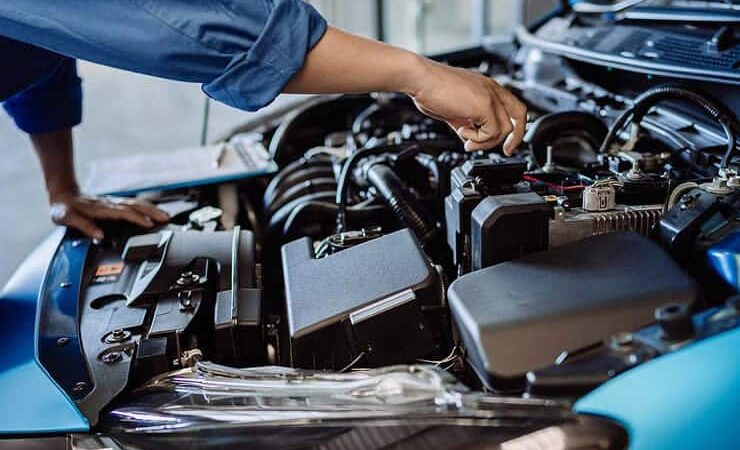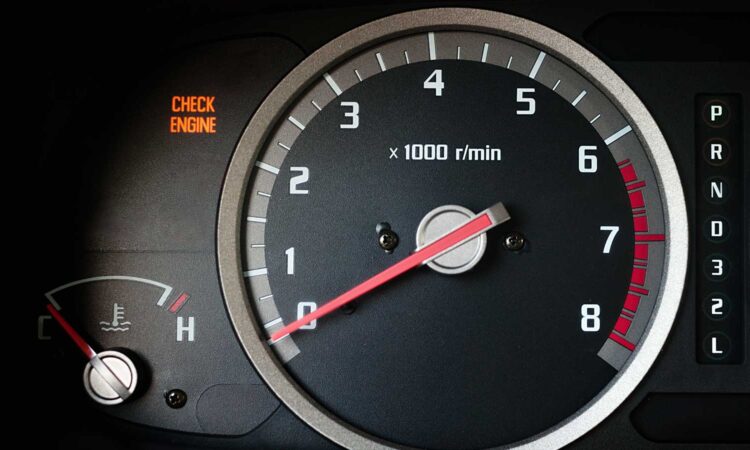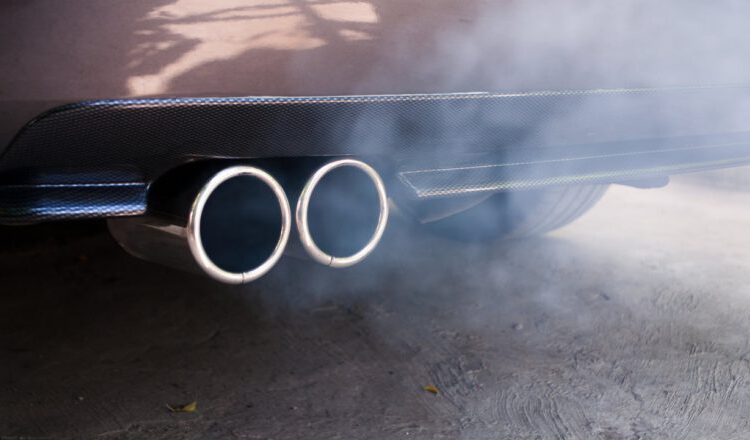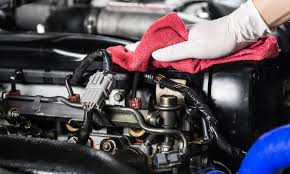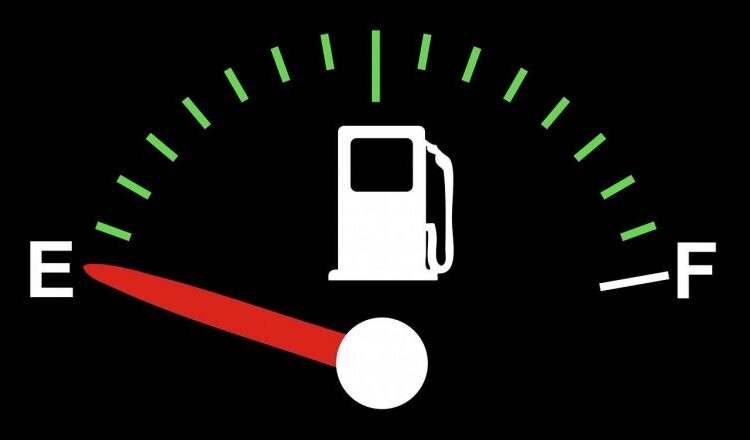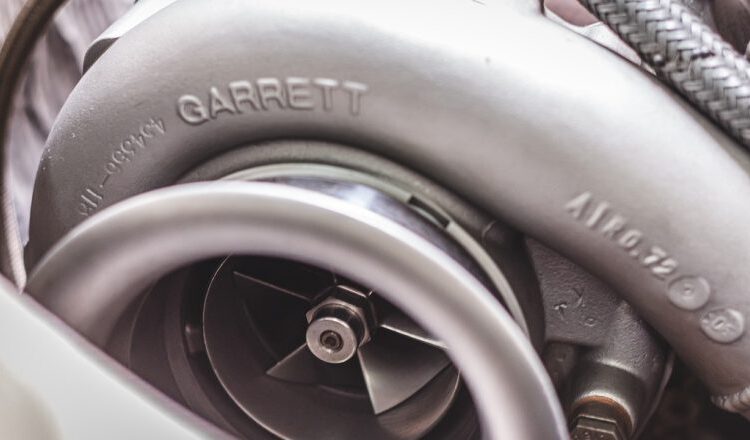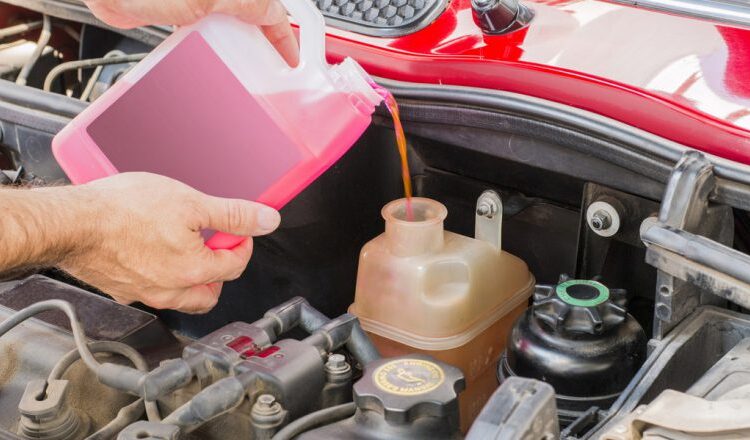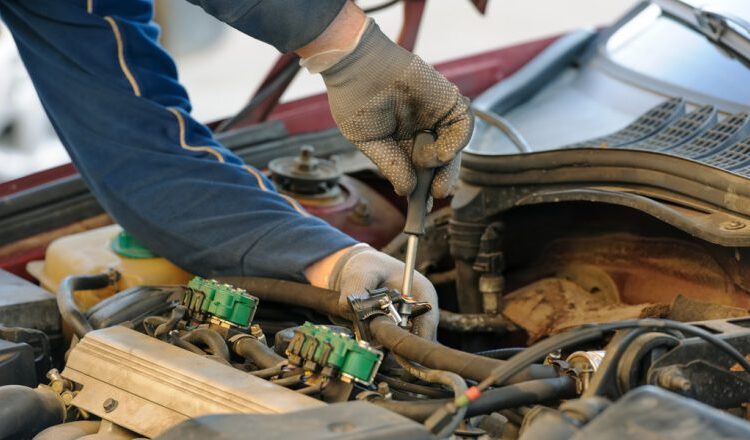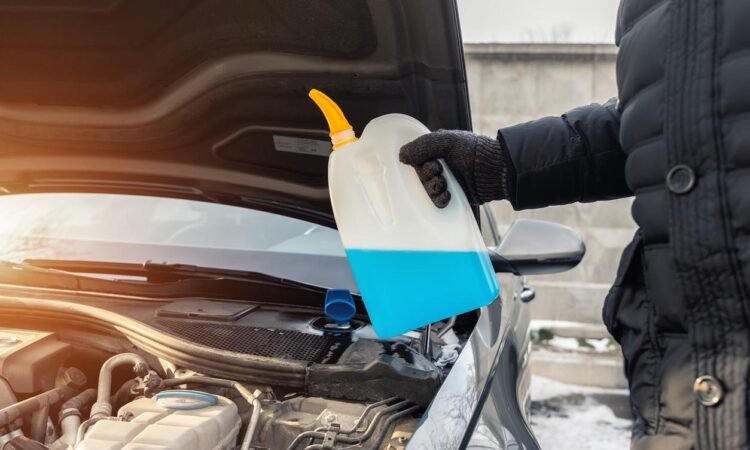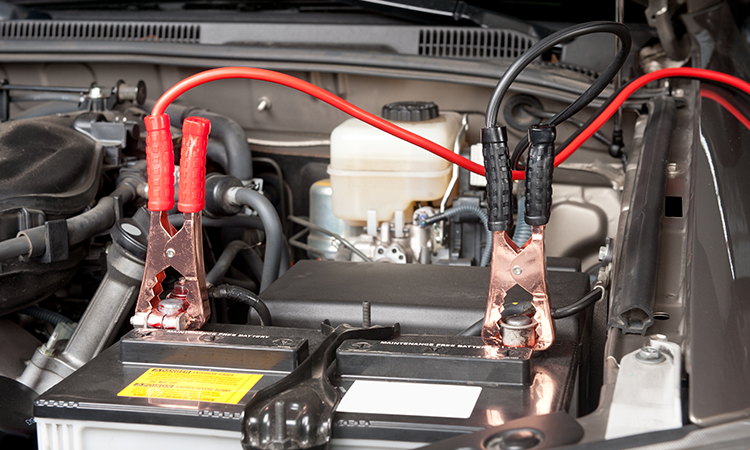
The rhythmic hum of a well-tuned engine is the heartbeat of a smoothly operating vehicle. However, car owners occasionally find themselves grappling with an enigmatic adversary: fluctuating engine speed. This phenomenon, akin to the irregular dance of RPM (revolutions per minute), often referred to as engine hunting, introduces a disconcerting element to the driving experience. In this extensive exploration, we embark on a journey to decipher the intricacies of fluctuating engine speed. Our quest involves unraveling the elusive root causes behind this quizzical behavior, employing sophisticated diagnostic methods, and discovering pragmatic solutions to reinstate the engine’s optimal performance.
Understanding Fluctuating Engine Speed: At the heart of this perplexing issue lies the irregular rise and fall of RPM, disrupting the harmonious orchestration of the vehicle’s internal combustion engine. Engine hunting manifests in unpredictable accelerations and decelerations, causing a tangible disturbance to the otherwise seamless operation of the vehicle. Whether at idle or in motion, the engine’s oscillations present a challenge that demands a thorough investigation into its multifaceted facets.
Delving into the Root Causes of Fluctuating Engine Speed
MAF Sensor Malfunction:
At the heart of the intricate web of engine performance lies the Mass Airflow Sensor (MAF), a pivotal player in the regulation of air intake. When this sensor falters, the delicate balance of the air-to-fuel ratio is compromised, setting the stage for a cascade of disturbances. Engine speed, in its rhythmic dance of revolutions per minute (RPM), succumbs to irregularities, manifesting a perplexing symphony of accelerations and decelerations. The MAF sensor malfunction, therefore, emerges as a primary antagonist in the realm of fluctuating engine speed.
Vacuum Leaks:
As the engine draws its breath, the vacuum system orchestrates a delicate ballet of air intake. However, breaches in this intricate system can disrupt equilibrium, sending shockwaves through the engine’s performance. Vacuum leaks, subtle yet impactful, upset the finely tuned balance of air intake, creating a domino effect that reverberates in the form of erratic engine speed fluctuations. The vacuum, once a silent conductor, becomes a culprit in the dissonance that characterizes engine hunting.
Idle Air Control Valve Issues:
The idle air control valve, a silent guardian of the engine’s idling stability, takes center stage in the narrative of fluctuating engine speed. When this vigilant component succumbs to malfunction, the engine loses its ability to maintain a consistent idle speed. The consequence is an unsettling instability that permeates the vehicle’s operation. The erratic rise and fall of RPM become pronounced, leaving car owners grappling with the repercussions of an idle air control valve in distress.
Throttle Body Anomalies:
Within the intricate labyrinth of engine components, the throttle body stands as a sentinel of airflow regulation. However, it is not immune to the insidious effects of carbon deposits or the misbehavior of a faulty throttle position sensor. As carbon weaves its web on the throttle body, hindering the smooth passage of air, or as the throttle position sensor sends erroneous signals, the engine’s tempo becomes subject to irregularities. The once harmonious orchestra of engine performance is disrupted, and the repercussions echo in the form of fluctuating engine speed.
Stepper motor
The same is true of the stepper motor – the part of the car whose task is to maintain constant revolutions in a low range. This element may also become dirty. Most often, removing tarnish from the cables and plug proves helpful. Like any part of the car, the stepper motor may simply wear out excessively, which will require its replacement.
Spark/glow plugs
Problems with rpm fluctuations are also often related to improper operation of spark plugs (gasoline engines) or glow plugs (diesel engines). Problems with starting will be an alarm signal in particular. Perhaps one of the candles has burned out? Then it becomes necessary to replace the defective element with a new one.
Filters and fuel pumps
Filters clogged with dirt significantly reduce the efficiency of our cars. Fluctuating revs are a sign that both the air filter and fuel filter may be excessively dirty. We should also pay attention to the fuel pump; although it happens relatively rarely, fluctuating revolutions may be related to the failure of this element as well.
In the symphony of mechanical intricacies, these root causes orchestrate a disconcerting performance of irregular engine speed. Understanding their nuances is a crucial step in the journey towards diagnostic clarity and the eventual restoration of optimal engine performance.
Decoding Fluctuating Engine Speed through Advanced Diagnosis Techniques
OBD-II Diagnostic Scan:
The gateway to unraveling the perplexities of fluctuating engine speed lies in the prowess of OBD-II diagnostic scans. Carrying the torch of modern technology, an OBD-II scanner becomes the key to deciphering the cryptic language of trouble codes. Plugged into the vehicle’s onboard computer, this scanner serves as a linguistic maestro, extracting insights that narrate tales of potential issues impacting engine performance. Each trouble code becomes a breadcrumb, leading the way to the heart of the matter and guiding both mechanics and car owners toward a comprehensive understanding of the engine’s symphony.
Visual Inspection:
In the quest for clarity, the naked eye becomes an astute investigator during a visual inspection. This meticulous examination extends beyond the superficial, delving into the intricate landscape of engine components, hoses, and connections. A discerning gaze seeks out visible signs of wear, damage, or irregularities, laying bare the subtle anomalies that may be orchestrating the dissonance in engine speed. As the visual inspection unfolds, it becomes a dialogue with the engine, each component revealing its story—a narrative that holds the key to restoring equilibrium.
Sensor Testing:
Within the intricate anatomy of the modern automobile, sensors stand as sentinels, tasked with monitoring the heartbeat of the engine. Enter the realm of sensor testing, a diagnostic ballet where critical components like the Mass Airflow Sensor (MAF), Idle Air Control Valve (IACV), and throttle position sensor take center stage. Armed with specialized diagnostic tools, these sensors undergo a battery of tests, revealing their integrity or unraveling their woes. The results of these tests become the compass, guiding the diagnostic journey toward targeted solutions for the engine’s erratic dance.
In the symphony of diagnostic techniques, the OBD-II diagnostic scan, visual inspection, and sensor testing harmonize to form a comprehensive melody of understanding. Each note resonates with insights, directing mechanics and car owners toward the nuanced causes of fluctuating engine speed. Through the application of these advanced diagnostic techniques, the veil shrouding engine performance is lifted, revealing a path to restoration and a return to the rhythmic heartbeat of a well-tuned vehicle.
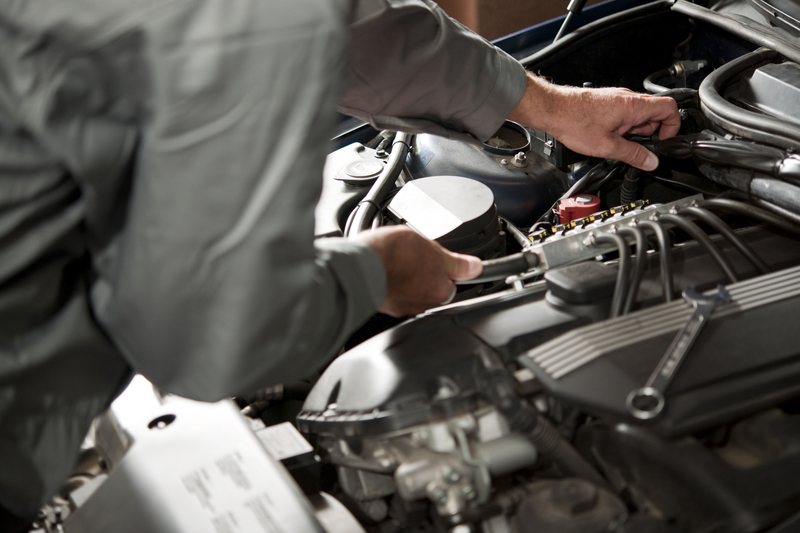
Navigating the Path to Harmony: Strategic Solutions for Fluctuating Engine Speed
Routine Maintenance:
In the intricate ballet of engine performance, routine maintenance emerges as the choreographer, orchestrating a symphony of proactive measures to prevent the discord of fluctuating engine speed. Adhering to regular maintenance schedules becomes a ritual of care, akin to tending to the health of a living organism. One pivotal act in this maintenance dance is the timely replacement of the air filter, a guardian against the infiltration of impurities that could obstruct the harmonious flow within the engine. Through routine maintenance, car owners take on the role of stewards, fostering an environment where components breathe freely, unburdened by the shackles of neglect.
Throttle Body Cleaning:
As carbon deposits accumulate on the throttle body, a clandestine force threatens to disrupt the balletic movements of the engine. Enter the cleansing ritual—a periodic practice that transcends mere maintenance, delving into the realm of preventive care. Throttle body cleaning becomes the purification ceremony, banishing carbon deposits and ensuring an unimpeded flow of air. This ritualistic act is a testament to the car owner’s commitment to sustaining optimal engine performance. By embracing the practice of throttle body cleansing, one not only removes the residues of entropy but also revitalizes the engine’s capacity to breathe freely, restoring its graceful cadence.
Professional Inspection:
When the intricacies of fluctuating engine speed elude the untrained eye, the baton is passed to the hands of a qualified mechanic. A professional inspection becomes a voyage into the heart of complexity, where diagnostics transcend the ordinary and venture into the extraordinary. With a wealth of knowledge and an arsenal of diagnostic tools, a skilled mechanic becomes the guide on this expedition, unraveling the mysteries concealed within the engine’s labyrinth. This collaborative endeavor between car owner and mechanic transforms the journey into a shared quest for resolution, ensuring that every nuance contributing to erratic engine speed is addressed with precision.
Component Replacement:
In the arsenal of strategic solutions, component replacement emerges as the final crescendo, a decisive act to restore equilibrium. Malfunctioning sensors, be they the guardians of air mass or the custodians of idle air control, are identified through meticulous diagnostics. The decision to replace these components becomes a pledge to breathe new life into the engine, to replace discord with harmony. Whether it be the Mass Airflow Sensor (MAF) or the Idle Air Control Valve (IACV), the act of replacement is a surgical intervention executed with precision to ensure the seamless function of vital components.
In the realm of fluctuating engine speed, effective solutions are not mere remedies but a choreography of care. Routine maintenance, throttle body cleaning, professional inspection, and component replacement converge to form a harmonious ensemble, orchestrating the vehicle’s return to a state of rhythmic balance. Through these strategic solutions, car owners and mechanics alike become architects of harmony, crafting a narrative where the engine’s performance is not just restored but elevated to a symphony of seamless operation.
Harmonizing the Automotive Overture: A Coda to Fluctuating Engine Speed
In the automotive sonata, the disconcerting notes of fluctuating engine speed compose a perplexing symphony, leaving car owners to embark on a quest for comprehension, diagnosis, and ultimate resolution. As we conclude this automotive journey, the enigma of irregular RPM beckons enthusiasts and vehicle custodians to delve into its complexities, seeking a return to the harmonious cadence that defines optimal engine performance on the road.
Deciphering the Musical Score:
Fluctuating engine speed, akin to an intricate musical composition, presents a myriad of challenges that demand understanding. The irregular RPM, akin to discordant notes, signals an underlying issue that requires a symphony of efforts to unravel. From MAF sensor malfunctions to throttle body anomalies, each element contributes to the symphony’s complexity.
A Quest for Understanding:
The journey into the heart of fluctuating engine speed entails a quest for comprehension. Car owners become investigators, deciphering the prelude to this automotive overture. Understanding the nuances of the mass airflow sensor, vacuum leaks, idle air control valve, and throttle body irregularities is key to orchestrating a harmonious resolution.
Navigating the Road to Restoration:
Armed with diagnostic insights, the path to restoration unfolds. It is a journey where OBD-II scanners act as guides, visual inspections unveil visible intricacies, and sensor testing serves as a compass. Each diagnostic endeavor contributes to the restoration of the automotive symphony, ensuring that the irregular RPM notes find their way back to a steady and balanced tempo.
Crafting a Harmonious Finale:
The concluding act involves pragmatic solutions aimed at reinstating the vehicle’s optimal engine performance. Routine maintenance practices emerge as the first movement, a proactive measure preventing issues linked to component blockages. Throttle body cleansing becomes a pivotal practice, a cleansing ritual for the automotive soul. Professional intervention, akin to seeking the guidance of a maestro, provides comprehensive inspection and resolution. Strategic component replacement, the final crescendo, reinstates equilibrium and breathes new life into the engine.
The Ode to Restoration:
In the coda of fluctuating engine speed, the symphony transforms into an ode to restoration. Car owners, equipped with newfound understanding, and mechanics, as conductors of harmony, collaborate to craft a narrative where the vehicle’s heartbeat is not just restored but elevated to a symphony of seamless operation on the road.
As the journey concludes, the ode to fluctuating engine speed echoes the resilience of automotive craftsmanship. It stands as a testament to the harmony achievable through diligent exploration, diagnosis, and resolution. The vehicle’s rhythmic heartbeat is restored, resonating in the symphony of the open road.

